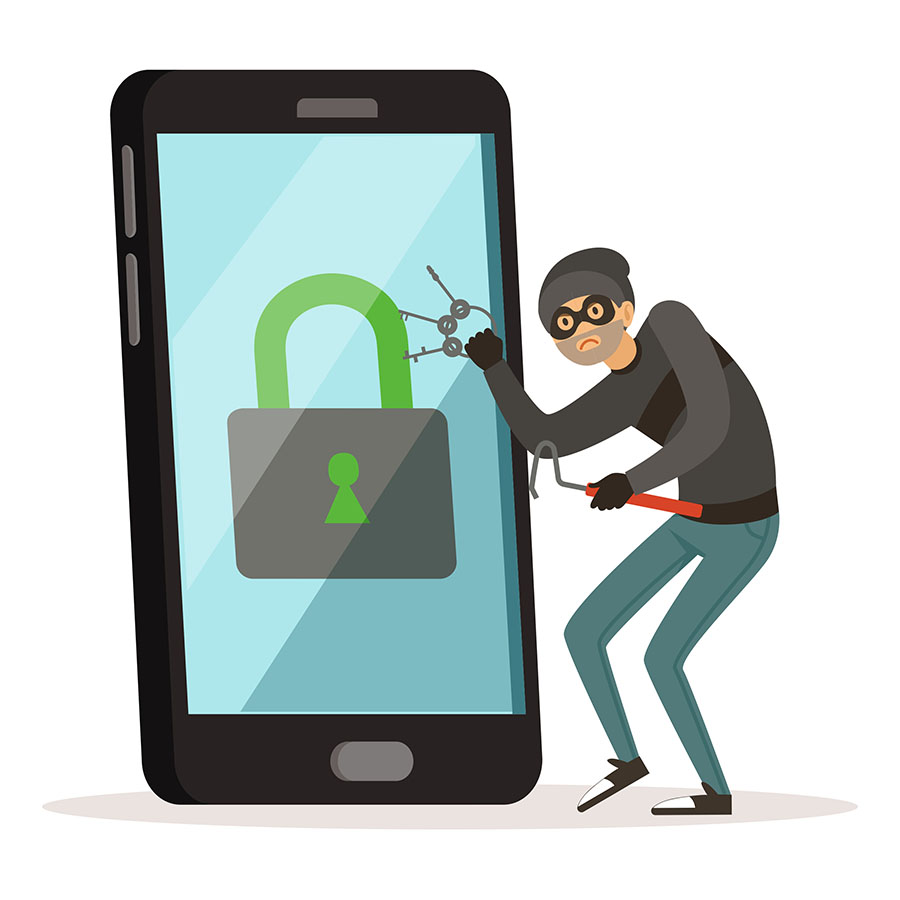
July 25, 2019 - Multi-Factor Authentication (MFA), sometimes referred to as Two-Factor Authentication (2FA), uses several different factors to authenticate a person's identity. When accessing various software, systems and data, MFA will authenticate you via multiple criteria and then allow you access to your digital information.
Typically, MFA systems use two or more of the following criteria to authenticate individuals:
- Something the person knows: this could be a password, dolphin student number or login name
- Something the person has: this could be a security token, a smartphone app that generates a one-time passcode, a swipe card, an SMS text, or a different authenticator
- Something the person is: this is typically a biometric type of security; for example - fingerprint scans, voice recognition or facial recognition
- Where the person is: location-based authentication using GPS can also help to authenticate identity; for example, if they are on campus
Currently, MFA as is an option with the following companies: Bank of America, Chase, Amazon, Microsoft, Apple, and Google, to name a few.
You can find a list of websites that offer MFA by visiting https://twofactorauth.org/. Step-by-step instructions for enabling it for your accounts are available at telesign resources.
For more information or questions about Information Security, contact CSUCI's Information Security Team at infosec@csuci.edu or visit https://www.csuci.edu/its/security/.
Source: https://www.nist.gov/itl/tig/back-basics-multi-factor-authentication
